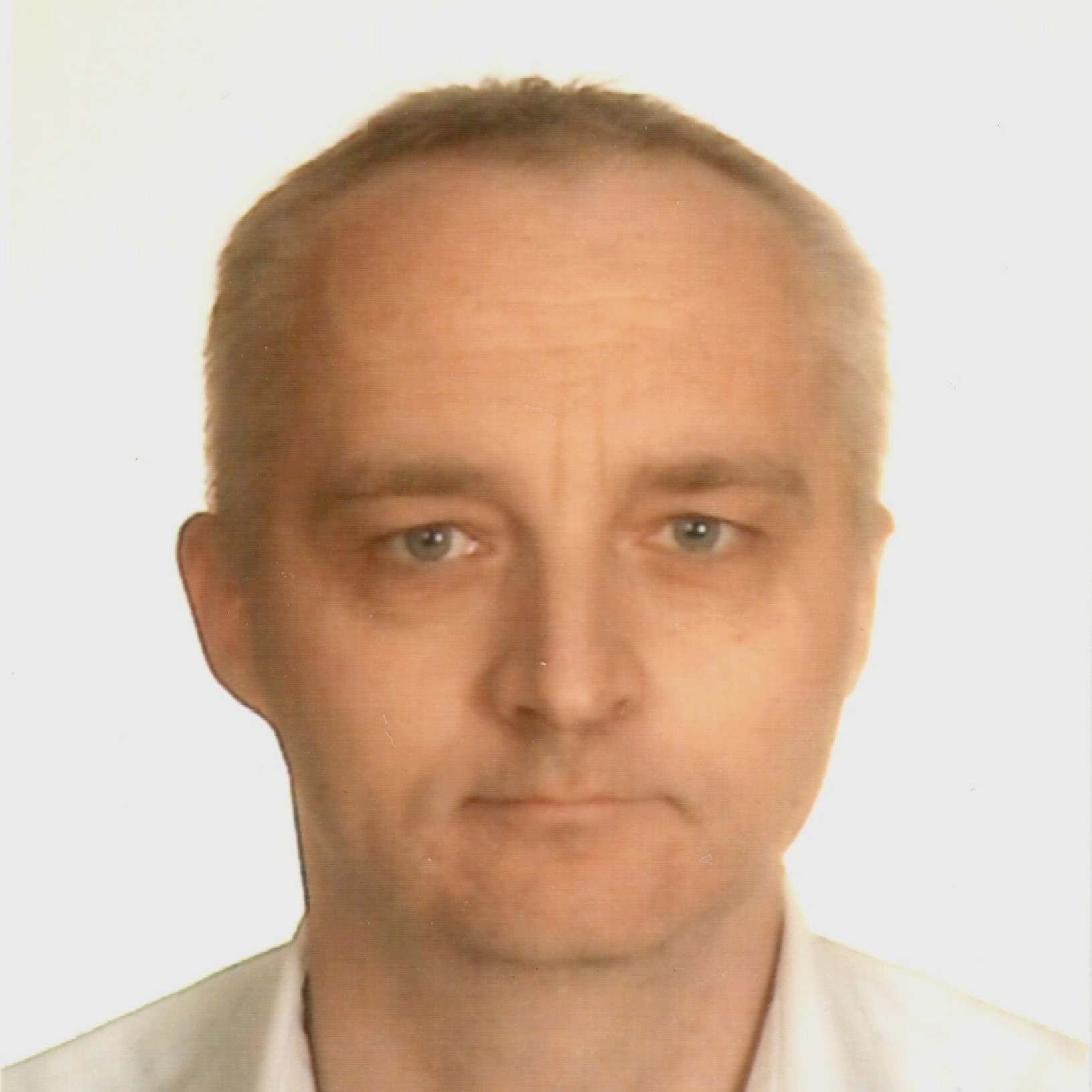Members

Ivan Kopeček
Associate professor

Jaromír Plhák
Lecturer

Radek Ošlejšek
Assistant professor

Luděk Bártek
Lecturer

Josef Daňa
Ph.D. student
The scope of the Laboratory of Social Informatics and Dialogue Systems (LSD) covers selected problems of social informatics, dialogue systems and assistive technologies. The approach of the laboratory research is based on modeling cooperation on the game theory basis with applications in socio-economic structures. An abstract model of cooperation in socio-economic structures has been developed in the laboratory. This model has been implemented in a system enabling us to simulate a wide range of social and economic factors.
Assistive techologies belongs to traditional fields of the laboratory research. Generally, assitive technologies are considered to be information technologies supporting quality of the life. The laboratory is oriented especially on developing support for visually impaired people.

Associate professor

Lecturer

Assistant professor

Lecturer

Ph.D. student
Room B201
Botanická 68a, 602 00 Brno, Česká republika
Masaryk University, Faculty of Informatics, Czech Republic